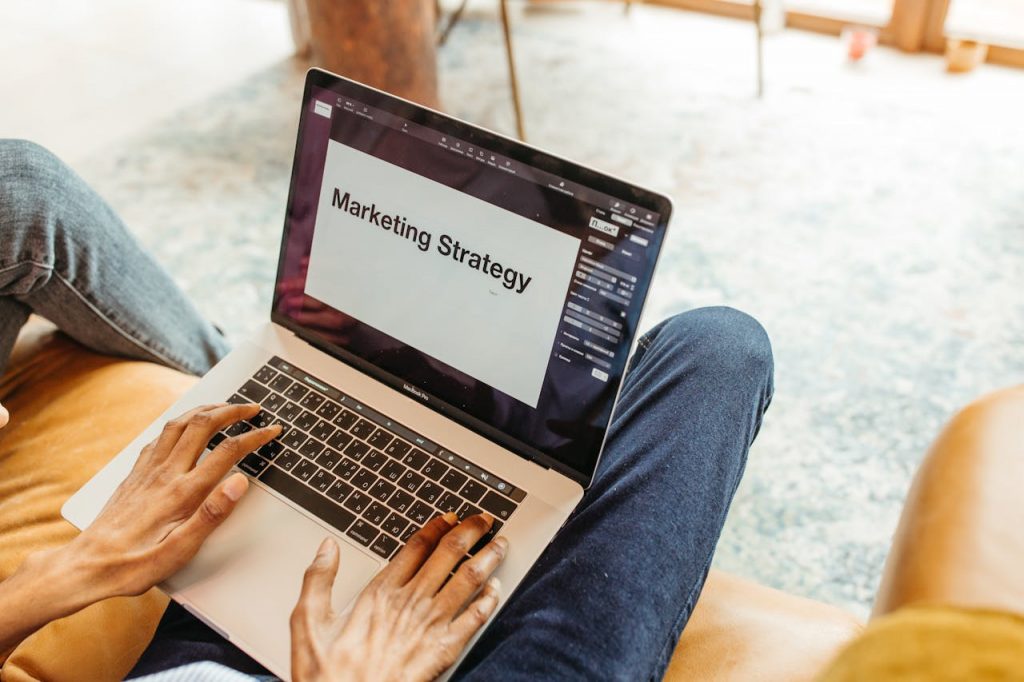Prince Lahoria
A blogger and a person who likes to write about Business and other related things.
Although the popularity of e-commerce shopping continues to increase in the digital age, most people do most of their shopping offline. Around...

Image Credits: pexels
Although the popularity of e-commerce shopping continues to increase in the digital age, most people do most of their shopping offline. Around 90% of retail takes place in brick-and-mortar stores.
Increasing foot traffic is a common challenge among retailers with physical stores. Today, customers have more choices than ever before, and they need incentives to get into your store. The good news is that retailers can implement various marketing tips to create foot traffic and boost store performance. Explore some of the strategies below:
Your store’s window is a crucial element in your visual merchandising strategy. High-end brands like Macy’s, Louis Vuitton, Barney’s and Calvin Klein often feature elaborate storefront displays to harness the power of storytelling in attracting foot traffic.
Essentially, your window installation should tell an artistic story that connects with audiences. For example, a clothing store can dress up mannequins in skiing outfits during winter and set up a background that mimics the mountains. During Spring, you can show off your seasonal line against a backdrop of blooming flowers.
Keep essential products at eye level to attract people’s attention, especially when introducing a new product. However, your displays should be clutter-free as you don’t want to overwhelm people with complicated arrangements.
If you have an online shopping site, offer customers the choice to pick up their purchases at your physical location. The option of curbside and in-store pickup was popular at the height of the pandemic, but this distribution model is here to stay. Besides, shoppers are likely to pick up more items when they visit your retail store to pick up their purchases.
Local SEO is a vital part of the digital marketing efforts of any small business. To demonstrate, 76% of people who search on their mobile phones for a nearby product visit a retail business in a day.
The journey to better online visibility on search engines starts with updating your phone number, email, address, and availability details on local listings like Yelp, Google My Business, Apple Maps, and Facebook. Then, add photos, virtual tours, and reviews to entice potential customers.
The next chapter is optimizing your website for mobile, as most consumers perform their searches on smartphones. Additionally, add location pages to your site and create local content. Include links that demonstrate your involvement in local community events like charities, marathons, or scholarships.
Increasing your social media presence is among the best marketing tips to create foot traffic. Platforms like LinkedIn, Instagram, and TikTok are goldmines for attracting new customers and increasing store sales.
To start, design a creative corner or Instagram wall to create photo opportunities and boost customer engagement. In this way, people spend a little more time in your local business and the most exciting photos that boost your online presence. Next, run contests and promotions to get more traction and explore influencer marketing for additional exposure.
Keep in mind that running successful social media marketing campaigns takes time as you have to nail the right target audience and maximize conversions. However, investing in this form of marketing enhances your brand awareness among local target customers.
Store events are fantastic marketing strategies to drive foot traffic and build rapport with the local community. For instance, a beauty supply store can host makeup and skincare classes to build strong customer relationships. Similarly, an independent bookstore can host book signings, scavenger hunts, poetry readings, painting classes, and storytime for kids to boost store traffic despite operating in the digital age of Amazon.
Email marketing is an integral part of a brick-and-mortar retailer’s omnichannel marketing strategy. After all, email marketing boasts an ROI of $42 for every dollar spent. Email newsletters are also an excellent way to nurture loyal customers, where you inform them of new products, discounts, company news, and upcoming events in your store. Offering incentives like giveaways are among the ways to encourage customers to sign up for your emails.
If you struggle to enhance retail sales, collaboration or partnership with another brand may be what your store needs. For instance, you can carve out space for pop-ups and installations by other local businesses and share the excitement on social media. You can collaborate with a business whose products complement yours or expand your inventory by stocking items from another brand.
If you are going to stand out from other brands in the competitive retail landscape, you need bright and bold marketing solutions like digital signage. In summary, digital signage is the use of digital screens and signs to display ads, videos, animations, and images. This technology can replace sandwich boards, banners, and posters that do little to excite your customer base.
These signs attract attention, increase foot traffic, and enrich the in-store experience when placed in retail stores. Business owners can use retail digital signage in various ways, such as displaying their product catalogues or highlighting promotions. In addition, digital displays integrate with third-party applications like your POS system to reflect product availability in real time.
Go further and install interactive kiosks and tablets that allow customers to interact with your brand. Such immersive customer experiences will help you outshine your competition.
Despite the continued popularity of e-commerce, most American consumers still flock to retail stores. For local retailers, the task is to provide a seamless omnichannel experience that delights online and offline customers. Ultimately, investing in digital signage is among the best marketing tips to create foot traffic and drive sales.